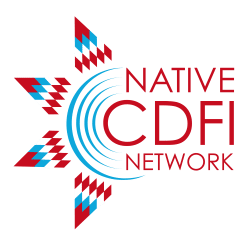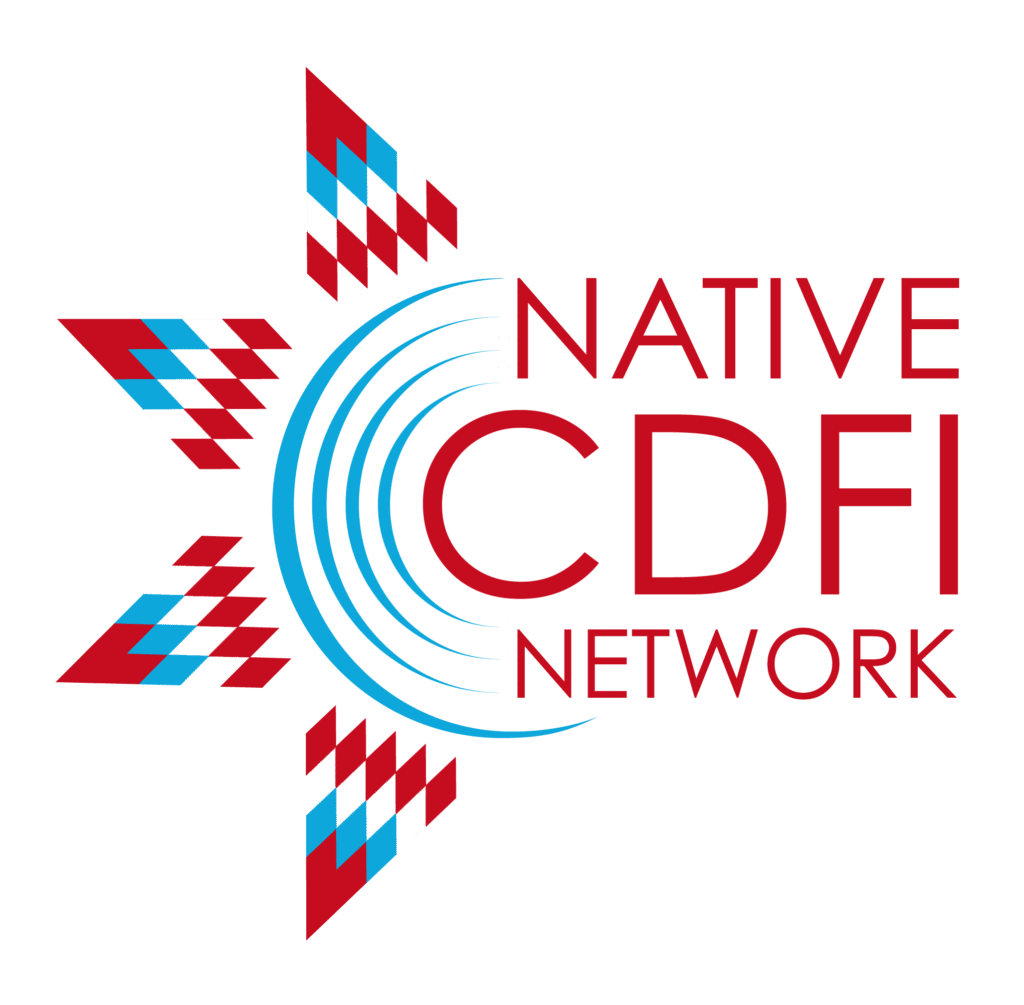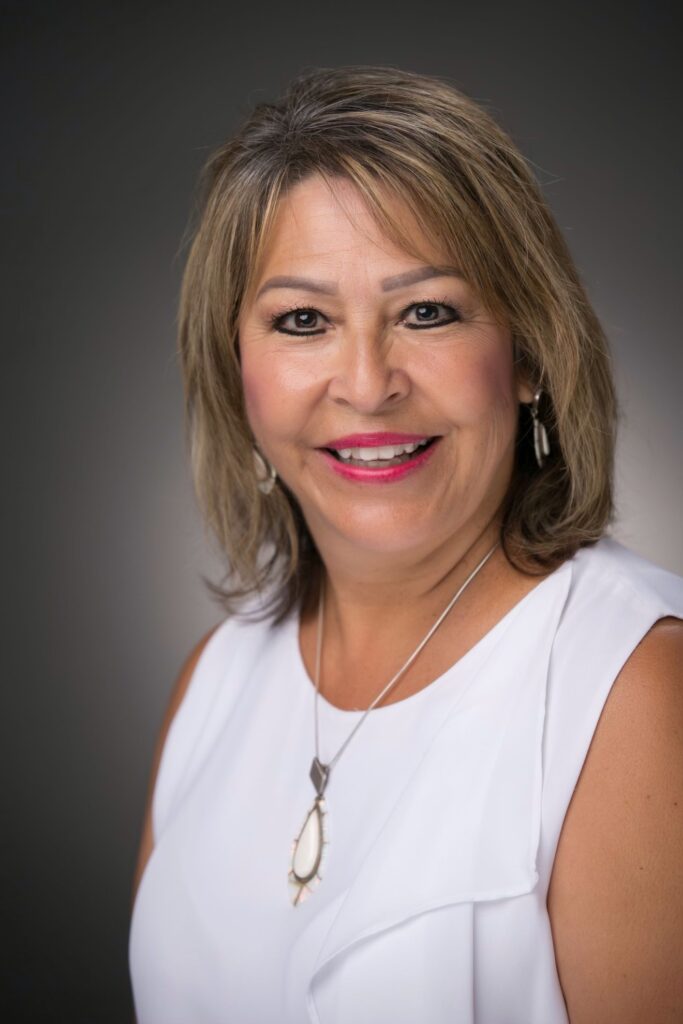
Sheila has more than 25 years of experience in the lending industry. As Executive Director, she performs all home loan activities, including the origination and underwriting of loans, providing financial and homeownership counseling, preparing loan documents, closing loans, monitoring construction, disbursing payments, and tracking the loan capital. Sheila is a certified Homeownership Counselor and provides one-on-one counseling to applicants and borrowers. She also conducts Homeownership and Financial Literacy and Education workshops for community members. Prior to joining TLS, Sheila managed the Isleta Pueblo Housing Authority’s Home Loan Program and served as a Homeownership Counselor.
In this heartfelt conversation with NCN, Sheila shares how TLS is transforming the lives of Isleta Pueblo members and other local Native people through homeownership, financial skill building, and credit repair.
NCN: Why do you what you do? How did you come to lead Tiwa Lending Services (TLS)?
Herrera: First of all, I’m honored to be here and share my journey with you. Back when I worked for the title companies, I saw many clients coming in to close on their homes and it was a mess. The realtor or mortgage lender hadn’t discussed with the borrowers their final interest rate or their final closing costs. They were shocked about having to come out of pocket with additional money they hadn’t budgeted for. I thought, “How could they not disclose this information up front? If you’re working with these clients, you should be able to tell them their exact closing costs, locked-in interest rate, monthly payments including monthly insurance premiums, property taxes, and the list goes on. You should educate them about the total cost of their home payments over 30 years, and how important it is to pay additional payments towards principal to reduce their interest owed.” Because of this, the clients would come to the closing table in dismay. They would leave in tears.
When I started working in 2009 for Isleta Pueblo Housing Authority, I was their home loan program manager. We had clients who had not made their house payments in four years. These payments were as low as $250 a month. I realized there was a big problem here. I thought, “We can set a precedent to turn these delinquencies around.” So we implemented financial literacy classes and made them mandatory for those that were delinquent. We also offered these classes to the entire Pueblo of Isleta community. For our consumer loans, we would offer Pueblo members a lower interest rate if they attended one of our financial literacy classes. It turned out to be a great success. They showed up. We started working with them on their accounts. They spent 11 weeks in this course, including four weeks on intense budgeting and savings and the importance of taking your time to really think through large purchases like buying a home, as it is one of the biggest decisions you’ll ever make. Then we spent another week on collections and credit reports – what does a FICO or credit score mean? How important is it for you to review your credit report on an annual basis? How do you deal with debt collectors? Then we’d go into mortgages and how if you stop making your payments on your home it will lead to foreclosure. When they completed the course, both the clients and staff saw the difference in how they applied their newfound skills.
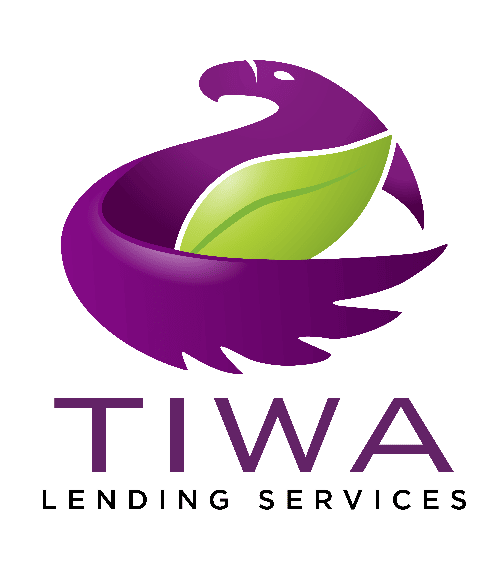
NCN: As you know, there are more than 70 federally certified Native CDFIs across the country and many more “emerging” CDFIs following in their footsteps. Why did Native communities feel it necessary to create CDFIs, and what fundamental role do they play?
Herrera: When a tribal member goes into a bank, they get shut down because of where they live. It makes homeownership almost impossible on the reservation. TLS creates access to affordable capital for the Isleta Pueblo constituency. The financial institutions TLS competes with in border towns are payday lender lending institutions. TLS does credit builder lending – we stop these institutions from trapping Pueblo members into debt cycles.
The New Mexico Financial Institutions Division’s recent report on lending showed the average APR for a loan from a payday lender was 281.34%. It’s ridiculous what they charge. Tribal members needed fast money, so they would go to these payday lenders. Once TLS was there, we started helping them do debt consolidation. We made it affordable for them to get out of debt. A lack of credit and financial sophistication have long presented barriers to obtaining fair financing to meet the housing and economic needs of this community. Before Tiwa, there were no other banking or lending services in Isleta, so borrowing took place among family members and with payday lenders located outside the reservation. The presence of Tiwa and the ability of residents to take out consumer loans have resulted in a decreased use among residents using payday lenders located in the surrounding communities. An estimated 10% of applicants for home loans with TLS reveal they use payday lenders to repay other debts. Banks in the surrounding communities do not provide financial access to those with lower income and impaired credit, nor do they provide financial education.
The majority of Pueblo residents are first- and second-generation wage-earners, so purchasing is largely done with cash. Our home loan applicants state they are turned down by other financial institutions due to lack of a down payment and/or poor credit history. TLS is the only financial institution that exists for the sole purpose of serving Pueblo members and helping them realize their asset-building goals.
NCN: What do policymakers and the general public need to understand about Native CDFIs and the difference they make?
Herrera: All of the barriers Native CDFIs face. Take mortgage lending on tribal trust lands at Isleta – the process of obtaining a home loan on the reservation can take up to a year. Then our newest issue is with FEMA [Federal Emergency Management Agency], where it came in and marked Isleta in a flood zone area, and its aerial maps were marked incorrectly. Lenders that may want to lend at Isleta are going to stop because now Pueblo of Isleta is not part of the NFIP [National Flood Insurance Program]. So if everybody’s in a flood zone at Isleta Pueblo, then what investor is going to cover flood insurance if the whole community needs it? What we’ve done to mitigate that risk is had the borrowers build their pads up by three feet. We have borrowers say, “Oh my gosh, our house pad is being built up high.” But that’s how we are able to mitigate our risk, because if in the future we need to enforce flood insurance, then we’ll be able to say, “We set a benchmark that is adequate,” as we do not have Base Flood Elevations (BFE) in place to help guide us. That’s what Native CDFIs do – we help break through the barriers that stand in the way of lending in Indian Country.
NCN: Tell us more about Tiwa Lending Services. What is its mission, and how does it work to foster prosperity in the communities it serves?
Herrera: The effort began in 2009 when the Pueblo of Isleta and the Isleta Pueblo Housing Authority sent a representative to a Native CDFI training funded by the CDFI Fund. It was through this training, technical assistance provided by Oweesta and another Native CDFI, and technical assistance funds from the CDFI Fund that Tiwa Lending was created.
Tiwa’s mission has always been to encourage community development and improve social and economic conditions for Pueblo residents and Native Americans in the surrounding communities. Over nine years in operation, we’ve grown our total assets to $11,989,000, up from $10 million last year. We have closed 610 borrowers, and the total number of our graduates from our TLS financial education classes are 235, and 1,467 financial literacy participants have been helped. Tiwa works closely with its borrowers, and because of our financial empowerment classes and how much time we spend with them, our loan portfolio is at a 0% default. To date, we’ve never written off a loan.
Our primary lending product is mortgage lending to Isleta Pueblo members and now other Native families off the reservation who desire to build, purchase, rehabilitate, or refinance a home. Our secondary product line is our consumer loan products, which consists of credit building, credit repair, personal debt consolidation loans, and small micro-business loans. Our development services include financial literacy, homebuyer education, credit counseling, and youth outreach programs. We strongly believe in financial empowerment through homeownership and education for all Native Americans.
NCN: Your website features an emphatic tagline stating that Tiwa Lending is “committed to helping Native families become economically independent.” Advancing that commitment requires a comprehensive, client-centered approach, does it not?
Herrera: Taking a comprehensive approach to financial empowerment is so important. Constant counseling, for example. Actually sitting down with the client and showing them how to review their credit report. Who does that? You go into a payday lender, you go into any financial institution, they are all about FICO scores. “Are you a 750? Okay, you fall in this tier. You’re 650? You fall in this tier. Oh, you’re Native American?” Right away, there is a reg flag and it stops there. “You live on the reservation. Well, we can’t help you. How are we going to collect our debt if you default and we can’t collect on the reservation?” Our comprehensive approach is so different from other lenders. CDFIs are creative and they truly care, which makes a big difference.
“Tiwa works very closely with its borrowers, and because of our financial literacy classes and how much time we spend with them, our loan portfolio is at a 0% default. To date, we’ve never written off a loan.”
NCN: TLS has helped an extraordinary number of people. Is there an individual’s client success story that really sticks out to you, that really inspires you?
Herrera: All our clients are inspiring! But one story sticks out in my mind. In 2018, Mrs. Abeyta came to TLS and utilized our consumer loan program. Her median credit score was 526, she had six debts against her, and she had recent late dates. During her credit counseling session, Miranda Lente, our Loan Officer and HUD HOC Counselor, provided her guidance on how to improve her credit. Mrs. Abeyta had a goal of homeownership, and she would need to put in the work to attain this goal. She paid off her consumer loan on time and created a positive payment history with TLS. In 2019, she came back to TLS to apply for a home loan. Her median credit score had jumped to 566, but she was still in a tough spot because there were still current late dates and charge offs. She was prequalified at $100,000, and we are proud to say Mrs. Abeyta achieved home ownership in 2021. Through her financial obstacles, she did not stop working and pushing hard, increasing her loan amount over $50,000. Her new median credit score is 645, and she only has two debts – her car and her mortgage. She is a single mother who lives with her family. She will now be able to provide them a home of their own and continue to build the family’s wealth. After the closing of her home loan and realizing her achievement, she got emotional. She started crying. We all started crying. Miranda and I looked at each other and said, “This is why we do what we do. We just gave her one of the greatest gifts ever.” This is what CDFIs are doing across the country. The passion is simply not there with other banks.
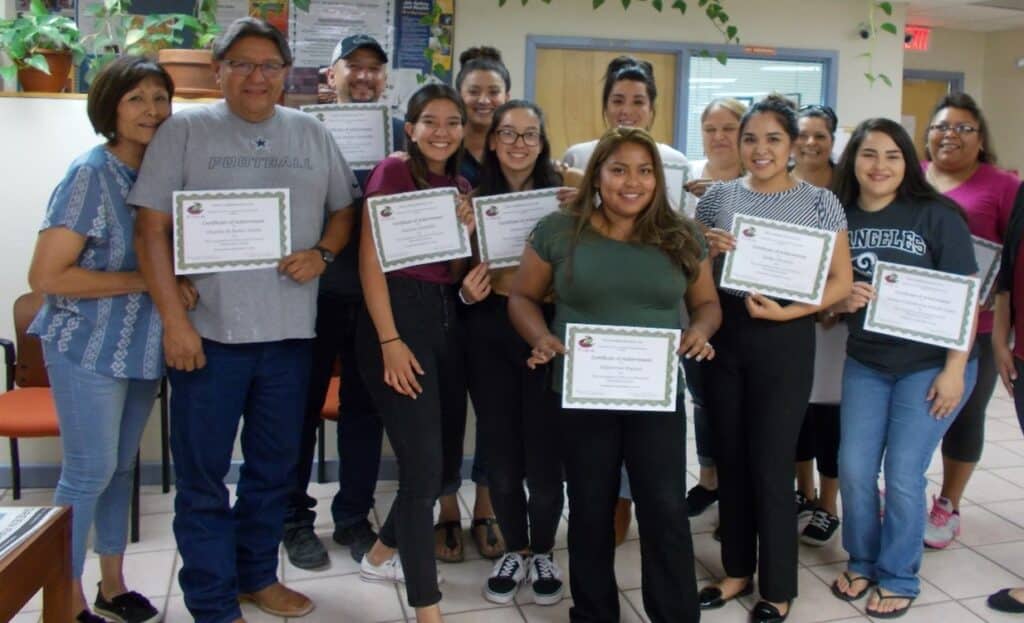
NCN: From your perspective, what do Native CDFIs like yours need to realize their full potential? What support do they need to achieve their missions and maximize their impact?
Herrera: It’s important we continue collaborating with other Native CDFIs to build healthy relationships with our policymakers, federal agencies, investors and tribal leaders. We also need to engage with the U.S. Department of Treasury to discuss performance and goal measurements and how its higher projections are causing Native CDFIs to not apply for grant funding anymore. It’s not supposed to be a numbers game. It’s supposed to be how we can help empower people in obtaining homeownership. We can meet the projections. Come reporting time to Treasury, CDFIs are held to those higher projections – “Okay, next year, how many more loans are you going to close?” They want us to continue to keep increasing those projections. How can we given the obstacles and barriers we have at Isleta Pueblo? We need to make sure that everybody hears our perspectives about the challenges we face and what we need to overcome them, and to that end, it is critical that Native CDFIs continue to work together to be that voice and advocate.
To learn more about Tiwa Lending Services, Inc., please click here.
